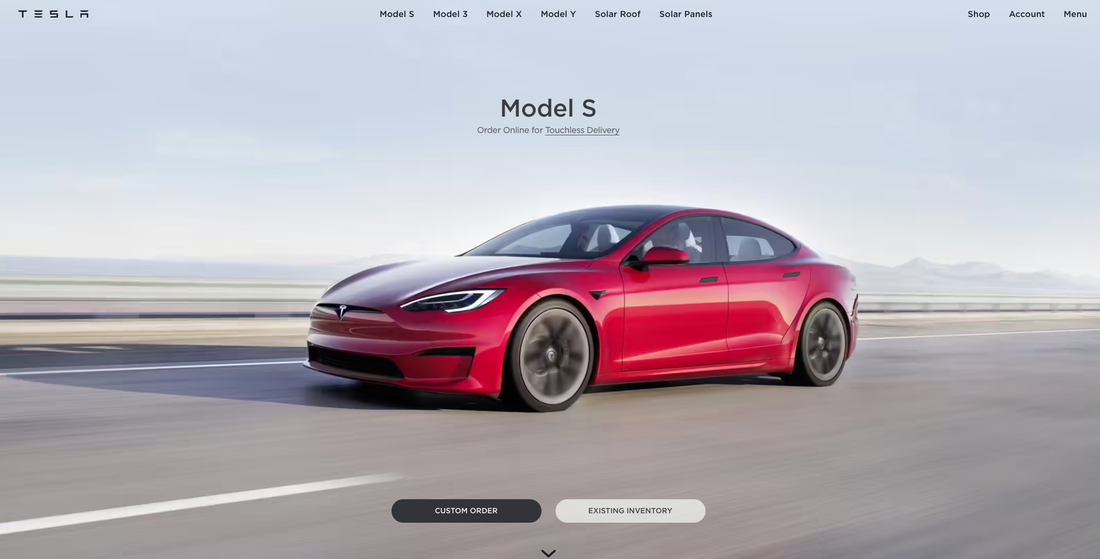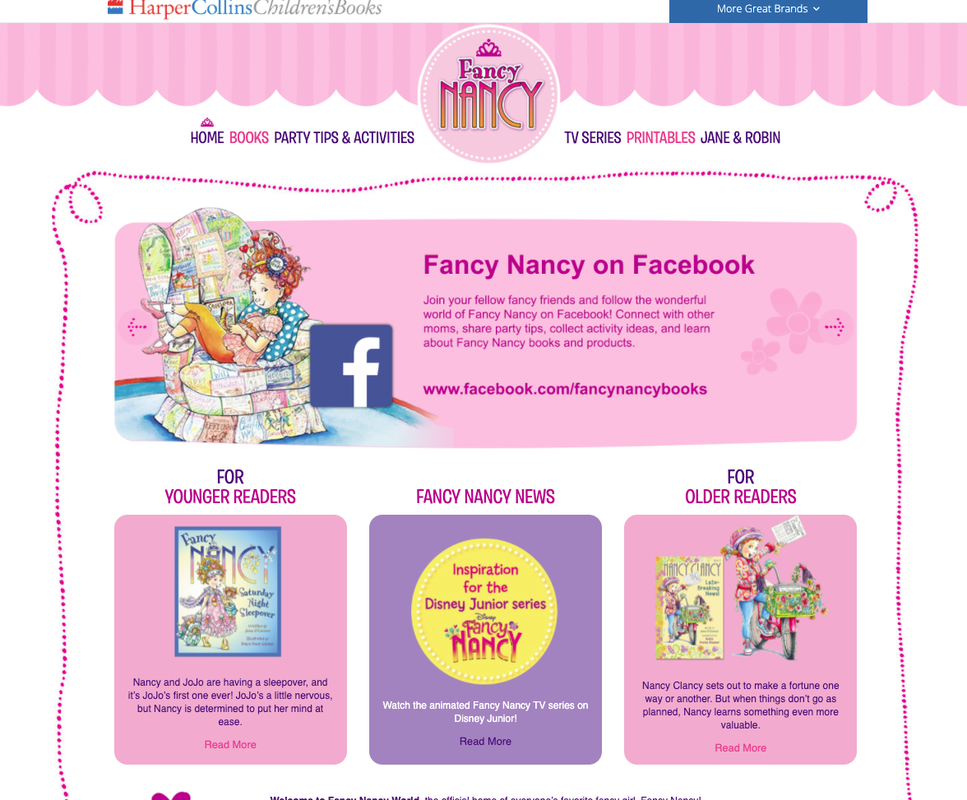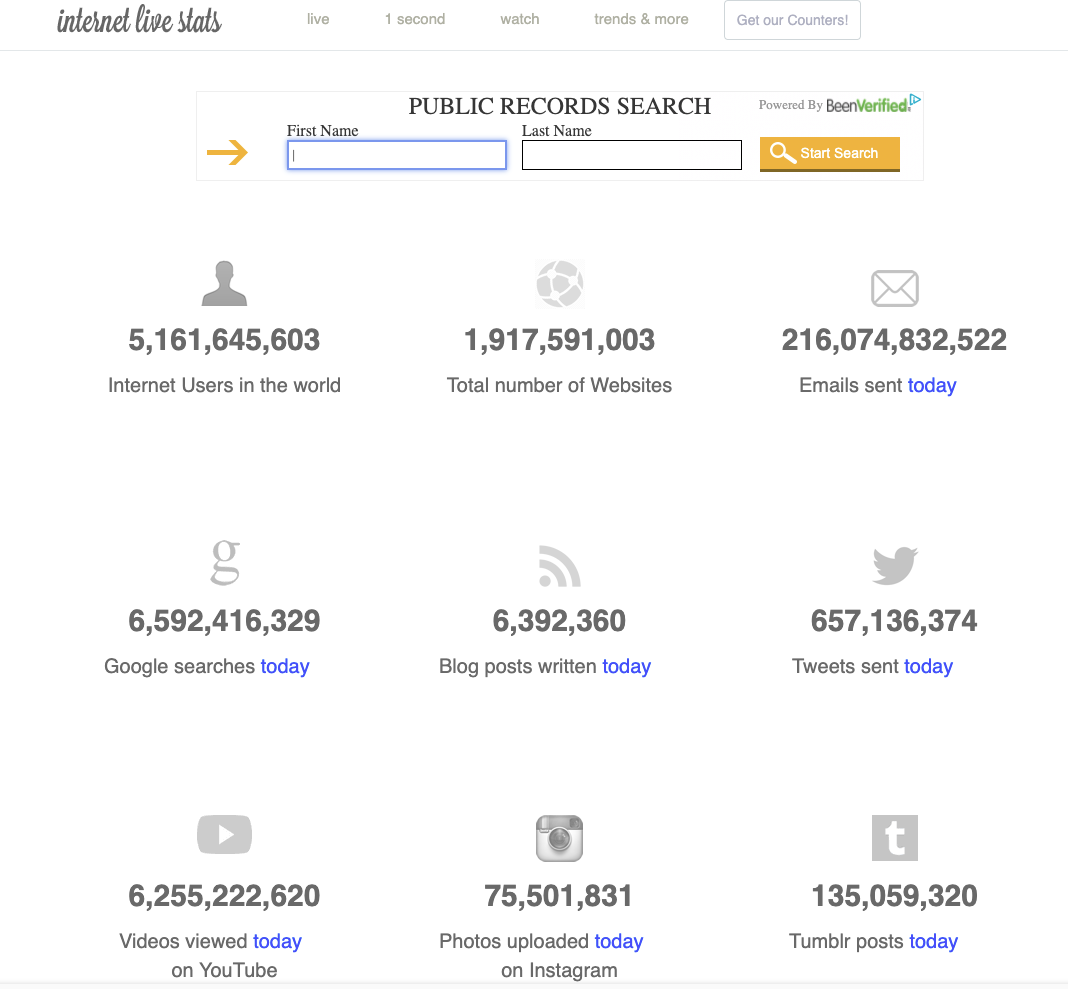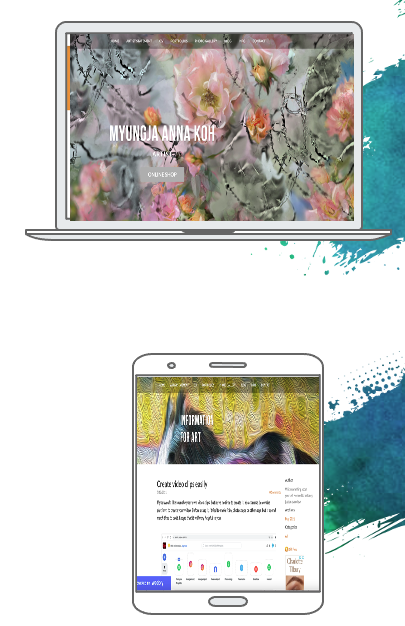5 characteristics of effective website designWeb design is the process of designing the visual look and feel of a website. A web designer focuses on planning the user experience, wireframe layout, organizing content and images in a way that tells a story, and designing the final UI. Your homepage is your first impression, so it's important to design it well. Design can be subjective, and here are a few things to keep in mind to design an effective and well-designed site. 1. Excellent visual design. Web design is at the core of a great site. Some of the most effective website design layouts are the simplest. Strategically using white space can really bring out the amazing elements of your website! Margins, also known as whitespace, are areas of a website that are intentionally left blank. Whitespace includes white space between images and text blocks, blank areas in the margins of each page, and even spaces between characters and words. Although it may not look like much, white space is an essential design element for effective website design. The whitespace doesn't mean only the white color. The Tesla site is a site that makes good use of the effect of this blank space. It feels like nothing is on the page, but it contains all the essential elements. Just follow the big car image, and you can find the model you want and buy it. In addition, a design that fully utilizes consistent and visual symbolic effects provides users with trust and comfort. It is recommended to choose color tones for each purpose and business and use them consistently. Personally, I'd like to take the fancy Nancy site as an example. The color pink is not often used in the usual website design. However, it showed the boldness of changing the site's color all pink to match the concept of the children's book and the main character, Nancy. That color is consistent without being tacky or awkward at all, and it is designed so that users can comfortably enter the site with their children and enjoy the content. 2. High-quality content. If your site doesn't have high-quality content, you can forget about SEO. If you copy similar content from another site and use it as it is, the quality of the content will deteriorate because there is no reason for users to come to the site and see it. It's easy to get bored with information that's all over the place in the same format. Instead, it is better to create content according to one's colors in an honest tone with open-mindedness. It is recommended to do as much research as possible to write down the information you have made yourself and create an image of yourself as much as possible. Such effort is the basic to create differentiated content. 3. Intuitive navigation The structure of your website should be intuitive and easy to navigate. People are familiar with specific general website layouts. Being unique is usually a good thing, but it might be a better idea to take advantage of something users are already comfortable with and are familiar with. The maximum time a user can focus by clicking on your site is 8 seconds. You need to keep users on your site in 8 seconds. It's easy to think of a guest coming to your house. Guests will keep looking at their watches in a cluttered, messy, and uncomfortably cluttered home, wanting to leave soon. But in a clean, comfortable, well-appointed home, you'll sit on the sofa and ask questions. The same goes for websites. When a user clicks on your site, something catches their eye and makes you feel comfortable, and they want to stop by again. It would help if you made it quick and easy for your visitors to find the information they are looking for. 4. Reliable Information. The information posted on the site must be reliable. This will be fundamental in all human relationships and life. Misinformation, misinformation, and inconsistent content leave users with an unpleasant experience, missing valuable information they can get when they click on the site. How many internet users are in the world? How many websites are there? The site internetlivestats.com shows us the number. Providing reliable information above all else is the key to long-running in the countless created websites. 5. Mobile compatibility. A mobile website is designed to be compatible with viewing on mobile devices such as mobile phones, tablets, etc. Mobile devices have much smaller screens than regular PCs. Modern mobile devices are fast and powerful but can be slow compared to traditional PCs. A mobile website should be designed to take into account all the unique features of a mobile device. Regular websites load much slower on mobile devices than mobile websites. This can result in your visitors losing interest in you and moving to something else. On the other hand, mobile websites have fast connection speeds and make your visitors much more likely to convert into paying customers by letting them contact and engage immediately. Comments are closed.
|
Myungja Anna KohArtist Categories
All
Archives
July 2024
|
Proudly powered by Weebly





 RSS Feed
RSS Feed